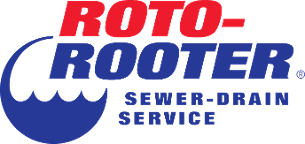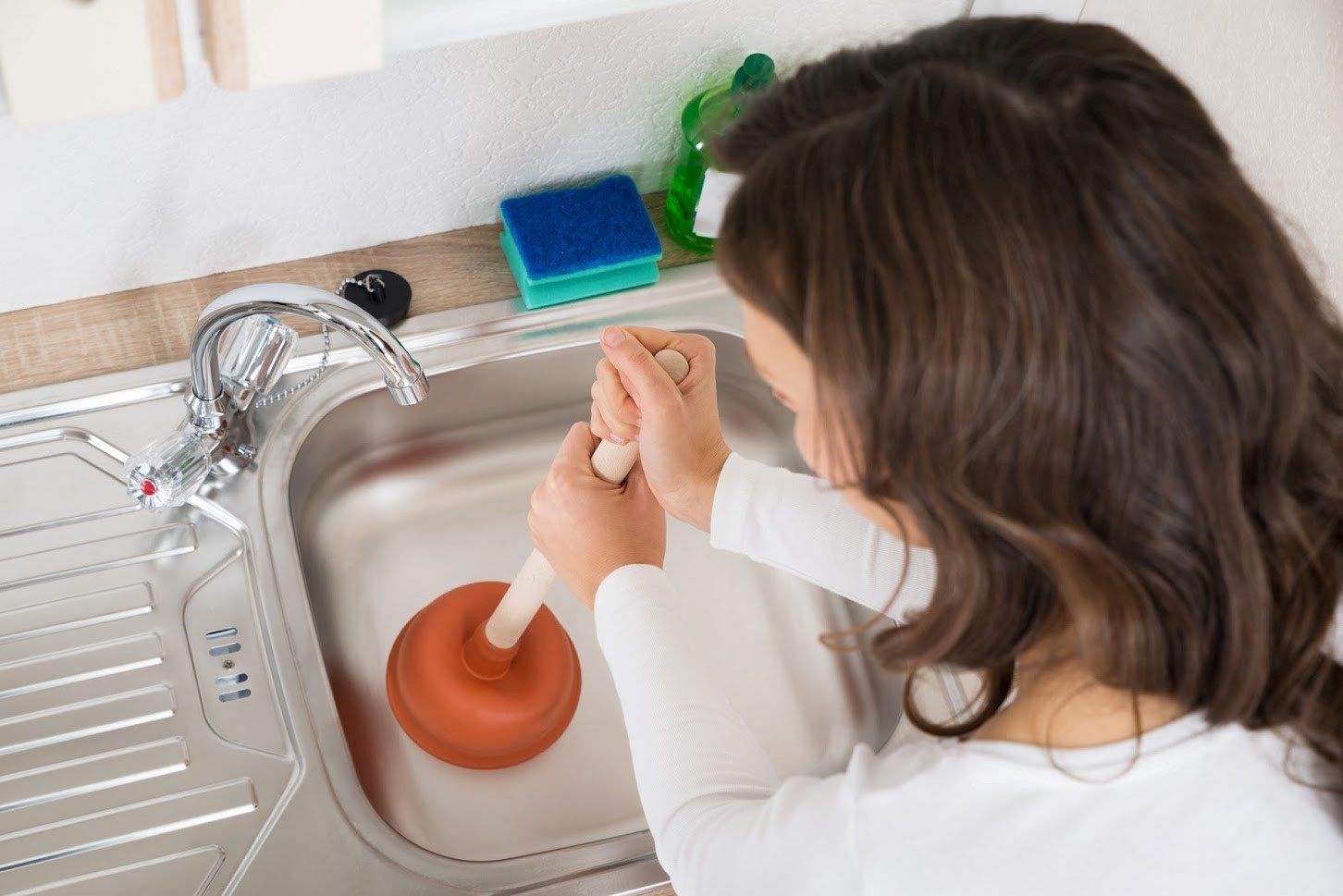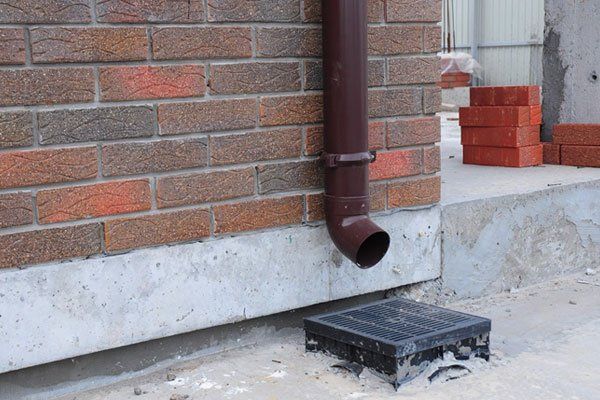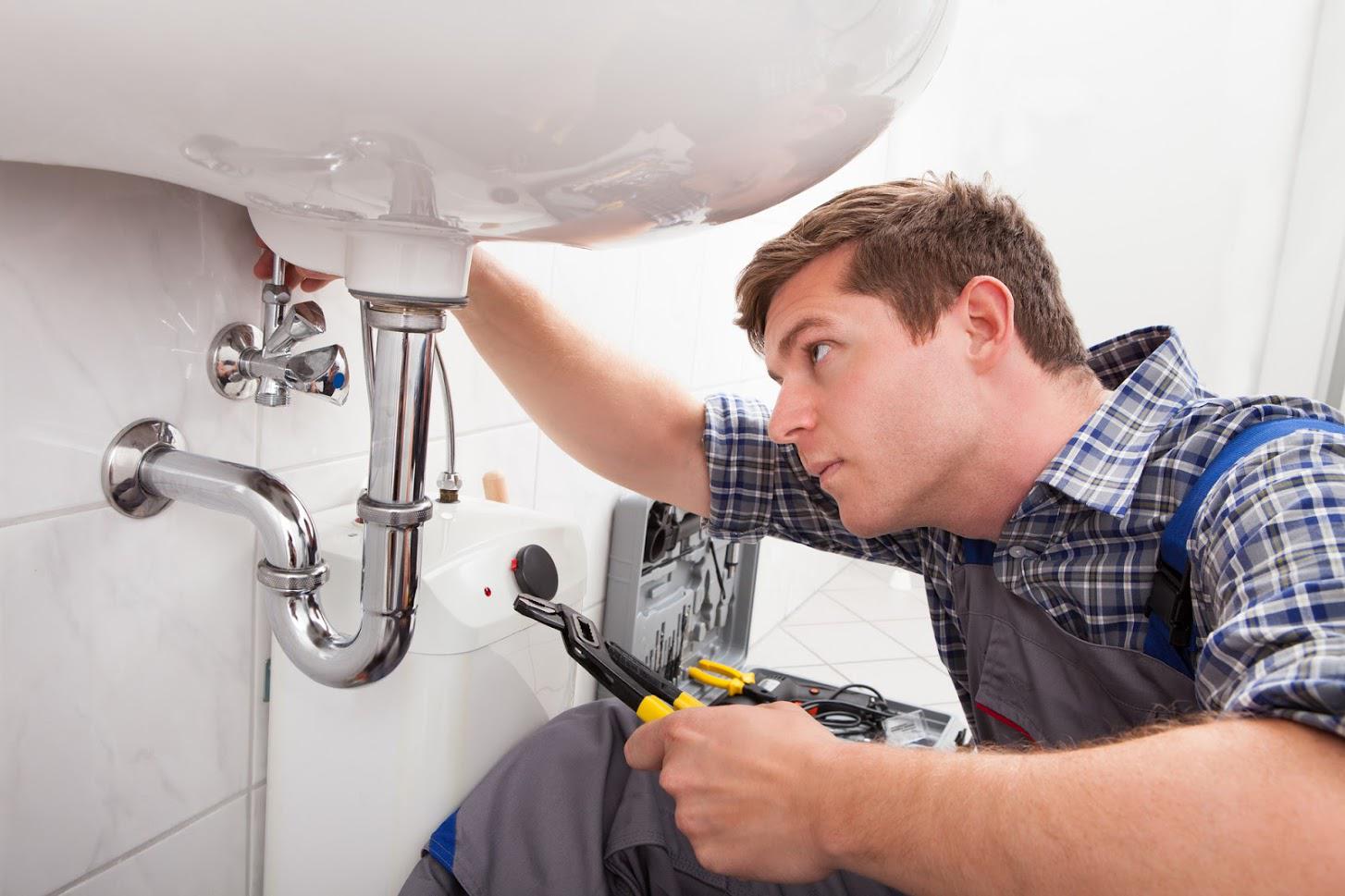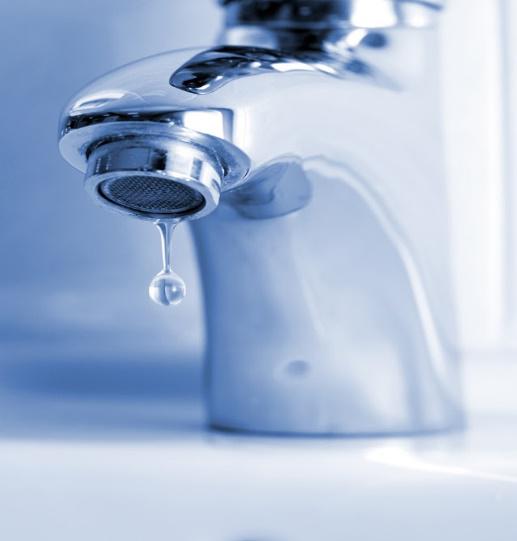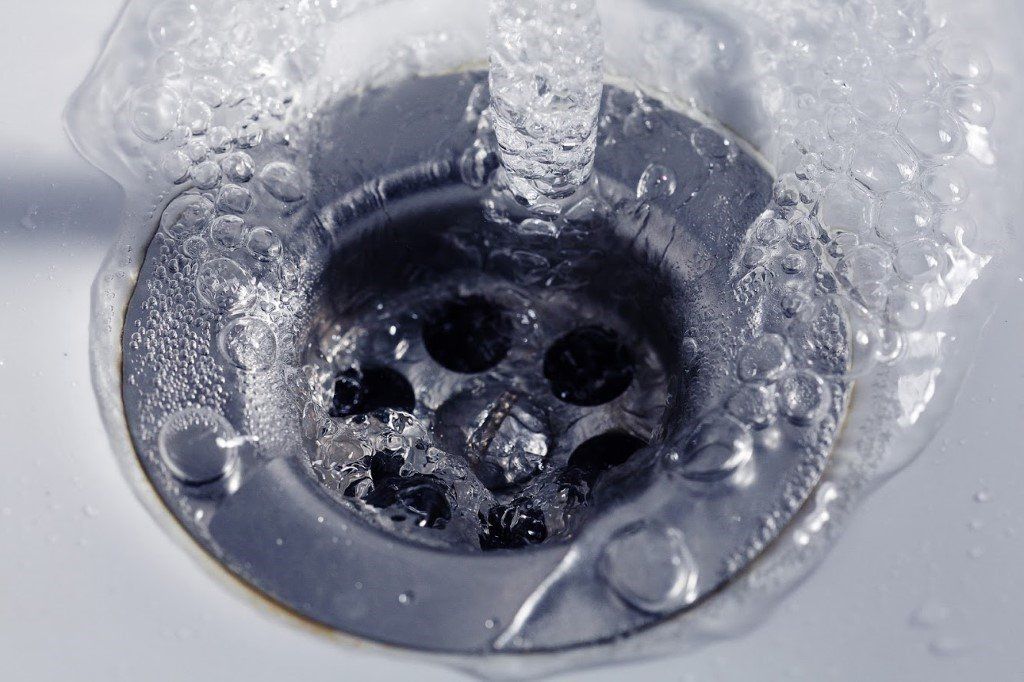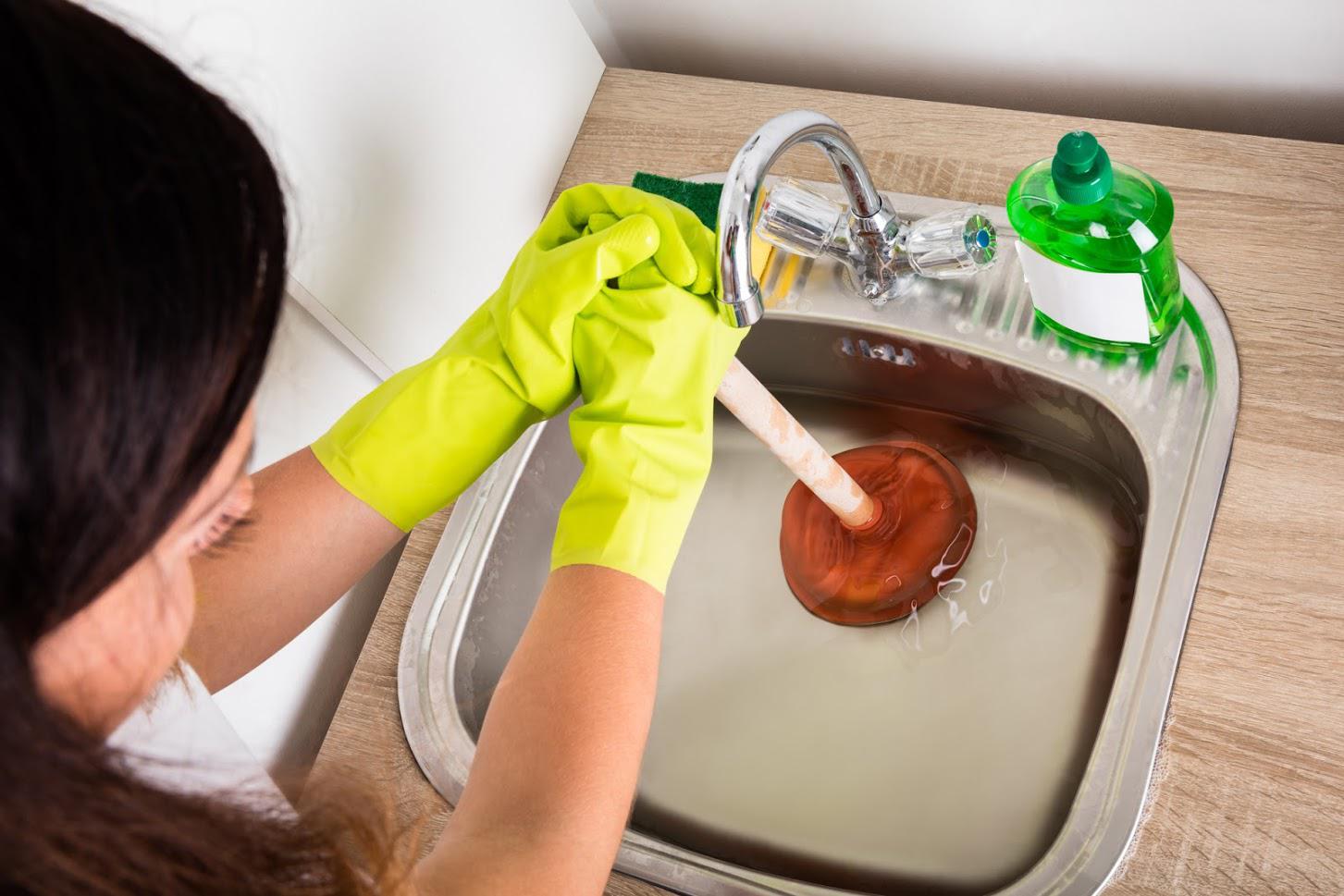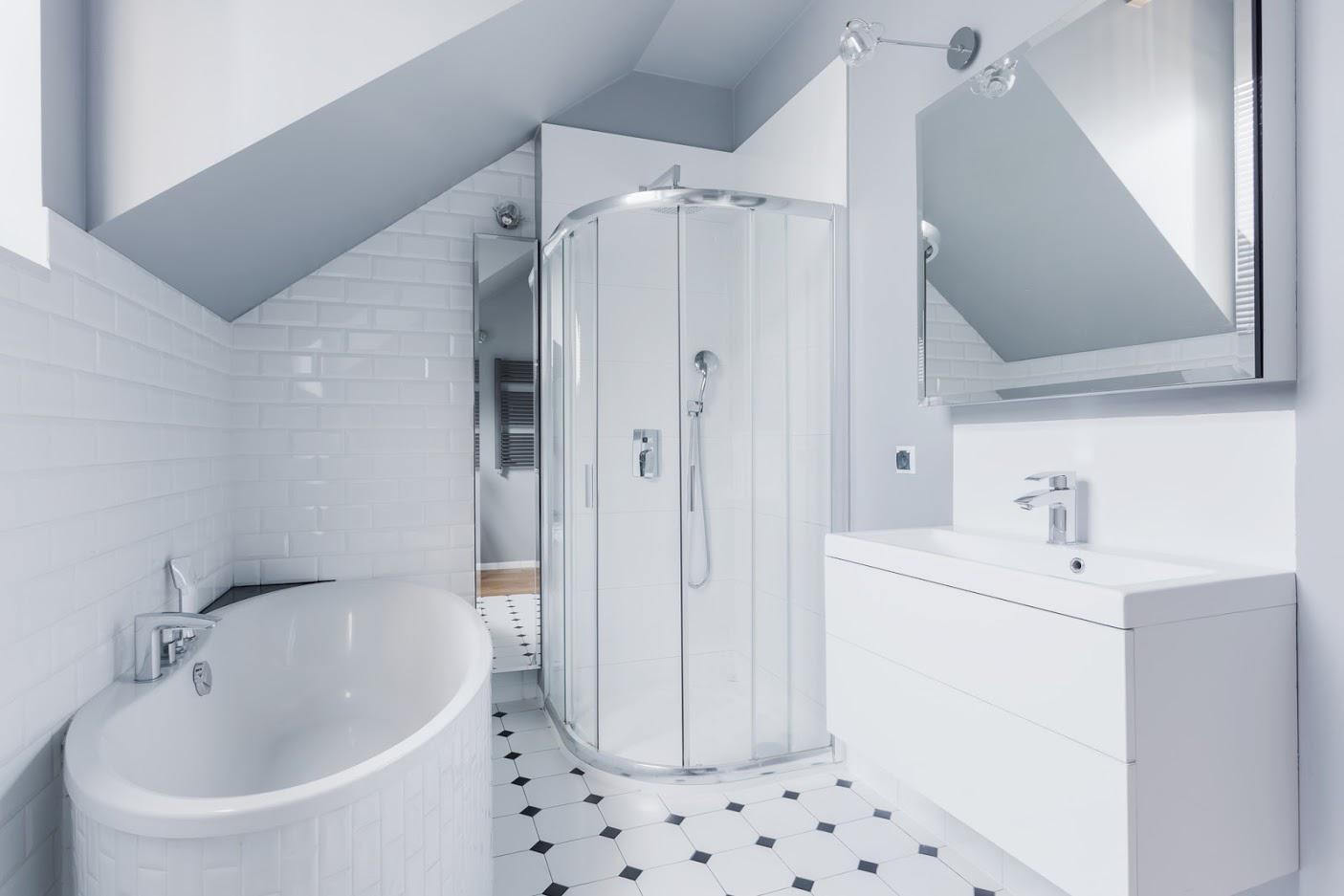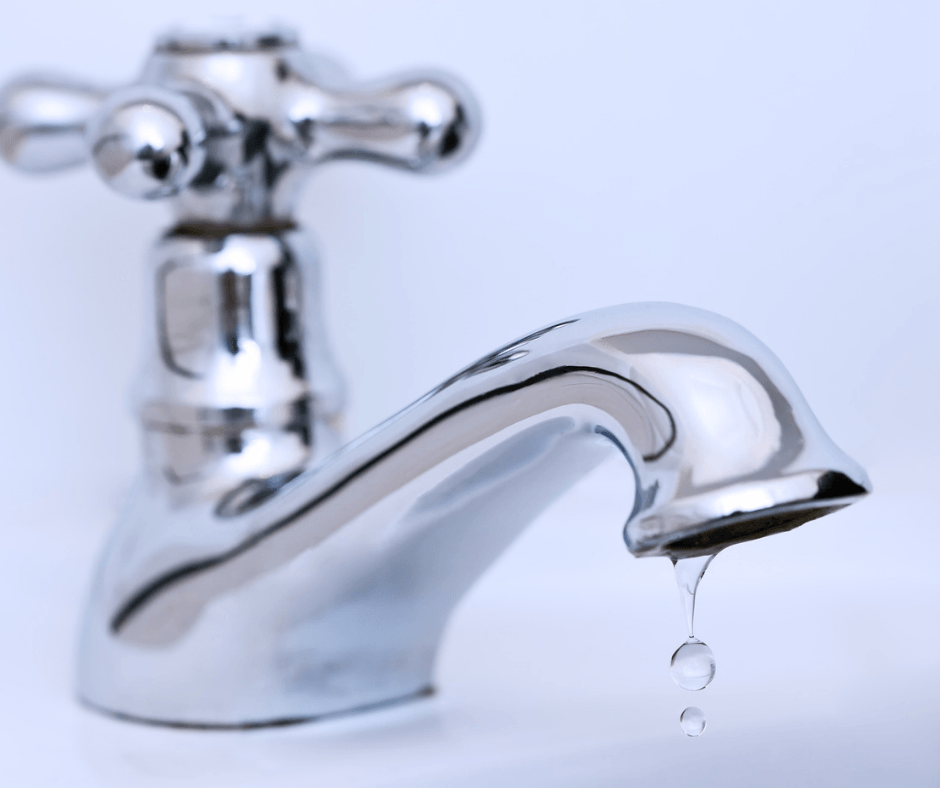Why Shouldn’t You Try To Fix a Floor Drain Clog?
Admin • May 13, 2020
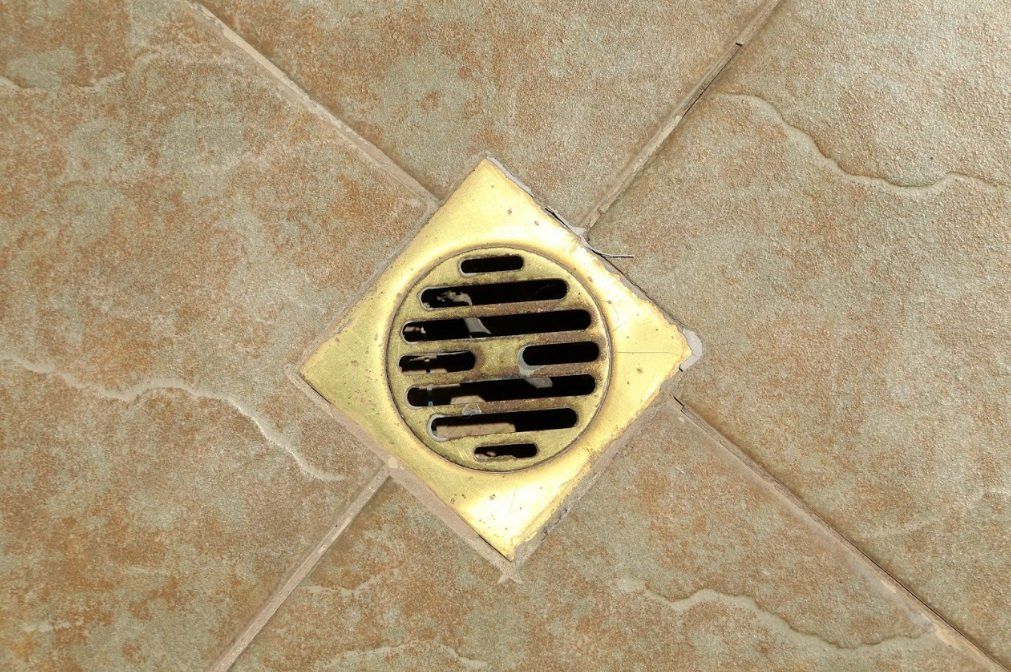
Floor drains are a luxury that many homeowners take for granted. These important plumbing fixtures help prevent your home from suffering water damage when disaster strikes. Although their placement varies from home to home, they can often be found on lower levels in areas at high risk for flooding.
While you shouldn't have to spend much time worrying about your floor drains, a clog can be a problem. Not only will blockages prevent your pipes from effectively removing water in an emergency, but they can also cause water from outside to back up into your home. If you're concerned about one of your drains, here are three reasons you shouldn't try to handle the problem on your own.
1. You May Not Have All the Information
Depending on the age of your home, there are a variety of possible configurations for floor drains. Newer homes serviced by municipal sewer systems will typically deposit water into sewer lines, but this isn't true for every house. Since floor drains do not carry black water, they may empty into drainage ditches or other areas. This configuration is particularly common in homes with septic systems.
Without knowing where your floor drains lead, it can be a challenge to break up a clog on your own. If you have a septic tank, then you must be extra cautious to avoid depositing harmful chemicals or large solids into the system. Finally, you will need access to the drain cleanout plug to deal with any clog effectively.
Although it's always easier for professionals when you can provide this information, most experienced plumbers know how to evaluate an unfamiliar floor drain. More importantly, a professional can evaluate your specific situation to determine the least harmful and most efficient way to tackle the problem.
2. You Won't Have Proper Diagnostic Tools
A slow-running or backed-up floor drain is enough to tell you that a problem exists, but it won't provide any more information than that. In the past, plumbers had to rely on intuition and experience to guess at the underlying problem causing any clog. While these tools are still valuable, modern plumbers have a more extensive arsenal at their disposal.
Among these newer tools, the drain camera is the most useful. Your plumber can insert this specialized camera into your drain line to inspect its condition and to locate the problem. Not only does this tool allow a drain technician to find the clog, but it also lets them see the clog’s composition. This knowledge is essential to determine a removal approach that is safe for your sewer line or septic system.
3. You Can't Bring out the Big Guns
Even if you have a pretty good sense of the clog's location, you definitely won't have the high-end clearing equipment needed for stubborn blockages. For many homeowners, snaking a drain is the ultimate cleaning method. While snaking can be useful, it may not always be enough when a solid mass is blocking your drain pipe.
In the case of floor drains, clogs may result from large amounts of debris, such as leaves, soil, or even tree roots. To break up solid blockages, professionals often make use of hydro jets. These professional-grade tools use high-pressure water to cut through solid objects that may be blocking your drains. When combined with the intelligence gathered from using a drain camera, hydro jets are potent tools.
Not all plumbing problems require professional help, but floor drains present some unique challenges that are difficult to tackle for do-it-yourselfers. If you are experiencing backups in one or more of your floor drains, give Roto-Rooter Sewer & Drain Service
a call. We can address problems of any size!
